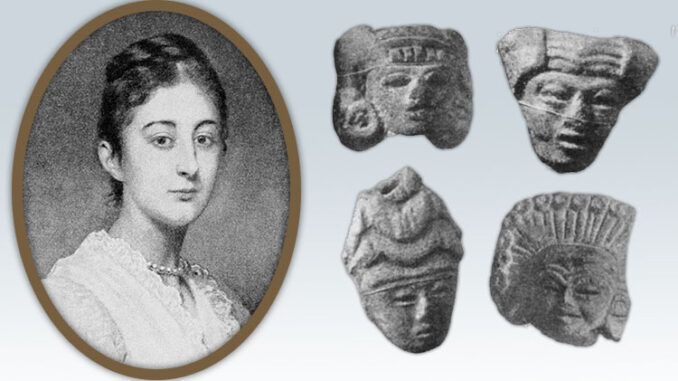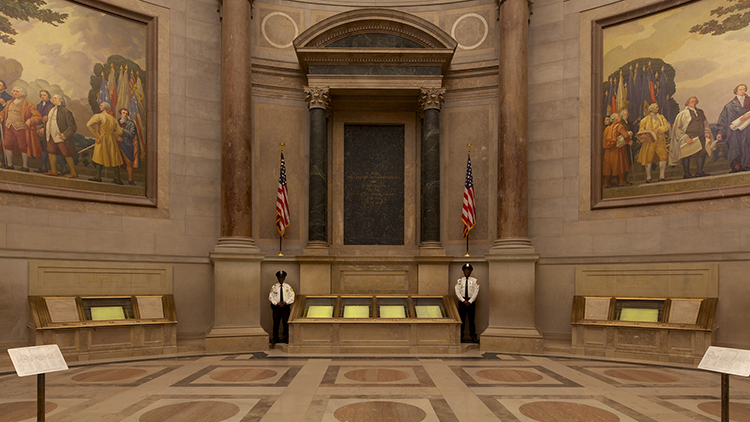
In honor of Women’s History Month, let’s explore the work of Zelia Maria Magdalena Nuttall. She made history in the field of archaeology. Archaeology is the study of objects people left behind, such as tools and pottery. Archaeologists use these objects to learn about what human life was like in the past.
Zelia Nuttall was born in San Francisco in 1857. Her father was an Irish doctor. Her mother was born in Mexico. Her mother’s heritage made her curious about Mexican history and culture at an early age. When Zelia was a child, her parents moved the family to Europe. They lived in England, France, Germany, and Switzerland. Zelia received a great education and learned to speak Spanish and German fluently.
Nuttal’s family moved back to San Francisco in 1879. She visited Mexico for the first time in 1884. There she studied artifacts that she found in the ruins of Teotihuacán. Teotihuacán was once a large Indigenous city in ancient Mexico. The artifacts were small terra-cotta heads. Terra-cotta is a kind of baked clay. Nuttal wrote a research paper about the heads that was published in the American Journal of Archaeology. This led to her becoming a special assistant in Mexican archaeology at the Peabody Museum at Harvard University. At that time, archaeology was mostly dominated by men. It was a difficult field for women to break into.
In the early 1900s, Nuttal moved to Mexico City. There she continued her research about life in ancient Mexico. In 1908, the National Museum of Mexico made her an honorary professor. She became known throughout the world as an expert on Mexican archaeology.
What Do You Think? Why do you think Zelia Nuttall was able to become an archaeologist when it was difficult for women to get into the field?
Photo Credit: (l)The History Collection/Alamy Stock Photo, (r)Nuttall, Zelia. “The Terracotta Heads of Teotihuacan.” The American Journal of Archaeology and of the History of the Fine Arts, vol 2, p179. April 1886.



